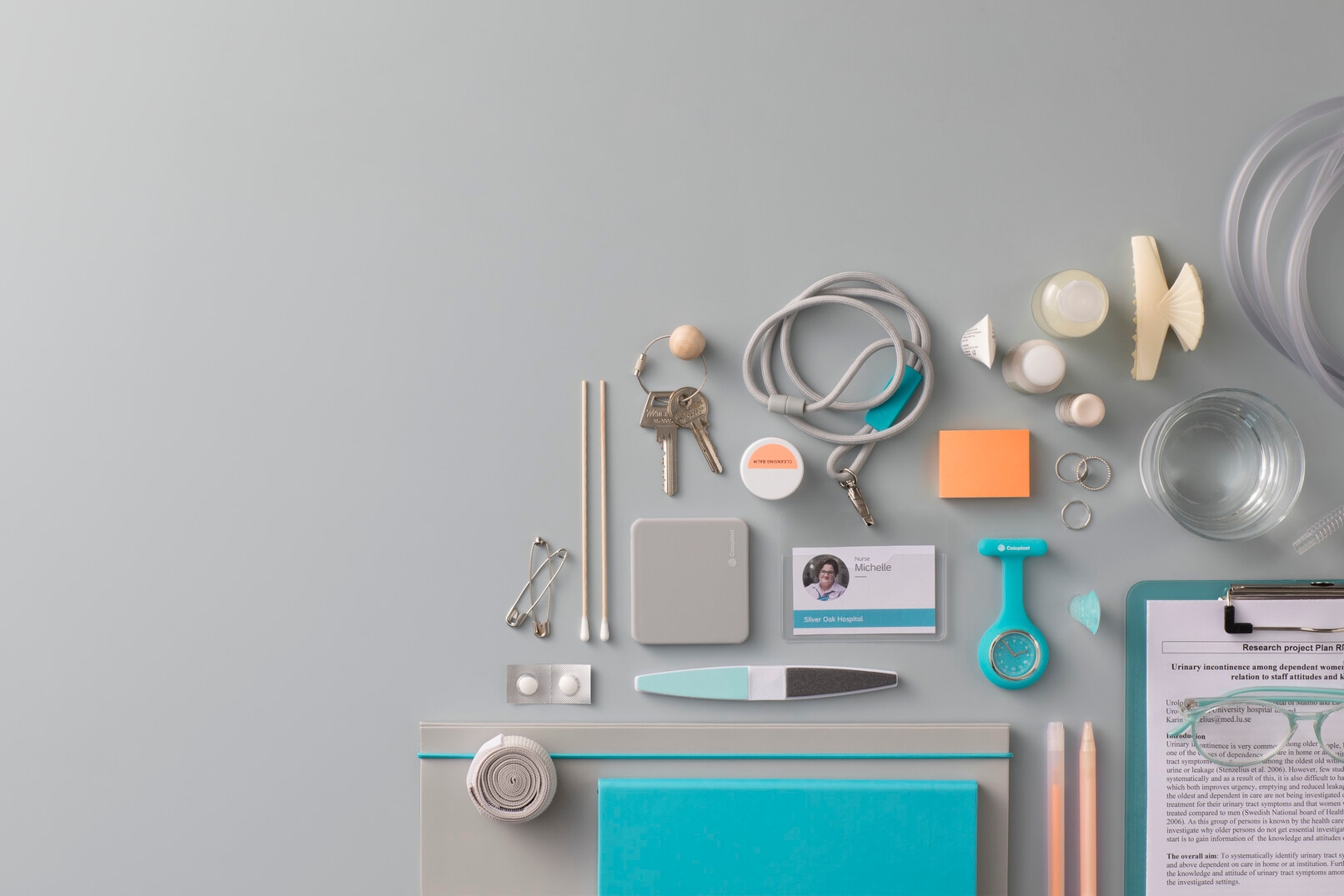Get full access with a free account
Benefits of the Coloplast® Professional Educational platform
![]() Full access to educational content, events and resources
Full access to educational content, events and resources
![]() Track your progress
Track your progress
![]() Share content with your colleagues
Share content with your colleagues
![]() Share supporting material with your patient
Share supporting material with your patient

Journal Club - Edition 2 - Article 4
Lesbian, gay, bisexual and transgender (LGBT) inclusion in nursing services: a reflective case study from stoma care
Unconscious bias and discriminatory behaviour can occur in any setting. When it happens within the health and social care setting there can be major emotional and psychological effects to the individual being cared for. This case study looks at the some of issues facing ostomates within the lesbian, gay, bisexual and transgender (LGBT) community. It discusses how, as a profession, we can act as role models and be more inclusive in health care provision.
Chandler, P. (2020). Lesbian, gay, bisexual and transgender (LGBT) inclusion in nursing services: a reflective case study from stoma care. Gastrointestinal Nursing, 18(Sup9), pp.S26–S32.
Speaking with a female patient and her same-sex partner about their experiences of colorectal cancer and ileostomy surgery led to reflection on how specialist nursing care could be made more inclusive of the needs of lesbian, gay, bisexual and transgender (LGBT) people. The LGBT community includes people who are attracted to the same sex and/or identify as a different gender to the one they were assigned at birth. LGBT people in the UK have experienced a long history of discrimination and only begun to win legal protections over the past two decades, an experience that still affects the older generation especially. Compared with the general population, LGBT people are more likely to report poor health status, experience mental health issues and engage in risky behaviours; however, many are reluctant to attend healthcare services due to fear of discrimination. UK LGBT rights charity Stonewall surveys have revealed some discriminatory attitudes and widespread unconscious bias among health and social care staff. For health professionals, it can be a challenge to use the correct terminology to avoid causing offence, and there is a largely unmet need for inclusion training to improve their understanding and confidence to speak with patients about sexual preference and gender identity. However, confident LGBT inclusivity can be achieved with simple communication skills, such as equal treatment for same-sex partners, acknowledgement of post-transition names and pronouns and discretion in documentation, as well as awareness of verbal and non-verbal cues. Clinic environments can be made more LGBT -friendly with gender-neutral toilets, as well as wearable LGBT symbols, inclusive imagery and posters and literature that promotes LGBT rights, inclusion, and support groups. Specialist nurses can act as role models and advocates for LGBT patients and colleagues in their area through small but impactful actions.
Communication is at the heart of nursing. It is vitally important that we, as a profession, can communicate appropriately in an open and inclusive manor. How confident are you when discussing such topics as sex and sexuality or depression and anxiety? Sometimes it can be difficult, but it is a vital part of what we do every day. This paper is certainly one which needs to be reflected upon. I feel that more challenging communication based case studies like this one are needed.
Communication is at the heart of nursing. It is vitally important that we, as a profession, can communicate appropriately in an open and inclusive manor. How confident are you when discussing such topics as sex and sexuality or depression and anxiety? Sometimes it can be difficult, but it is a vital part of what we do every day. This paper is certainly one which needs to be reflected upon. I feel that more challenging communication based case studies like this one are needed.
